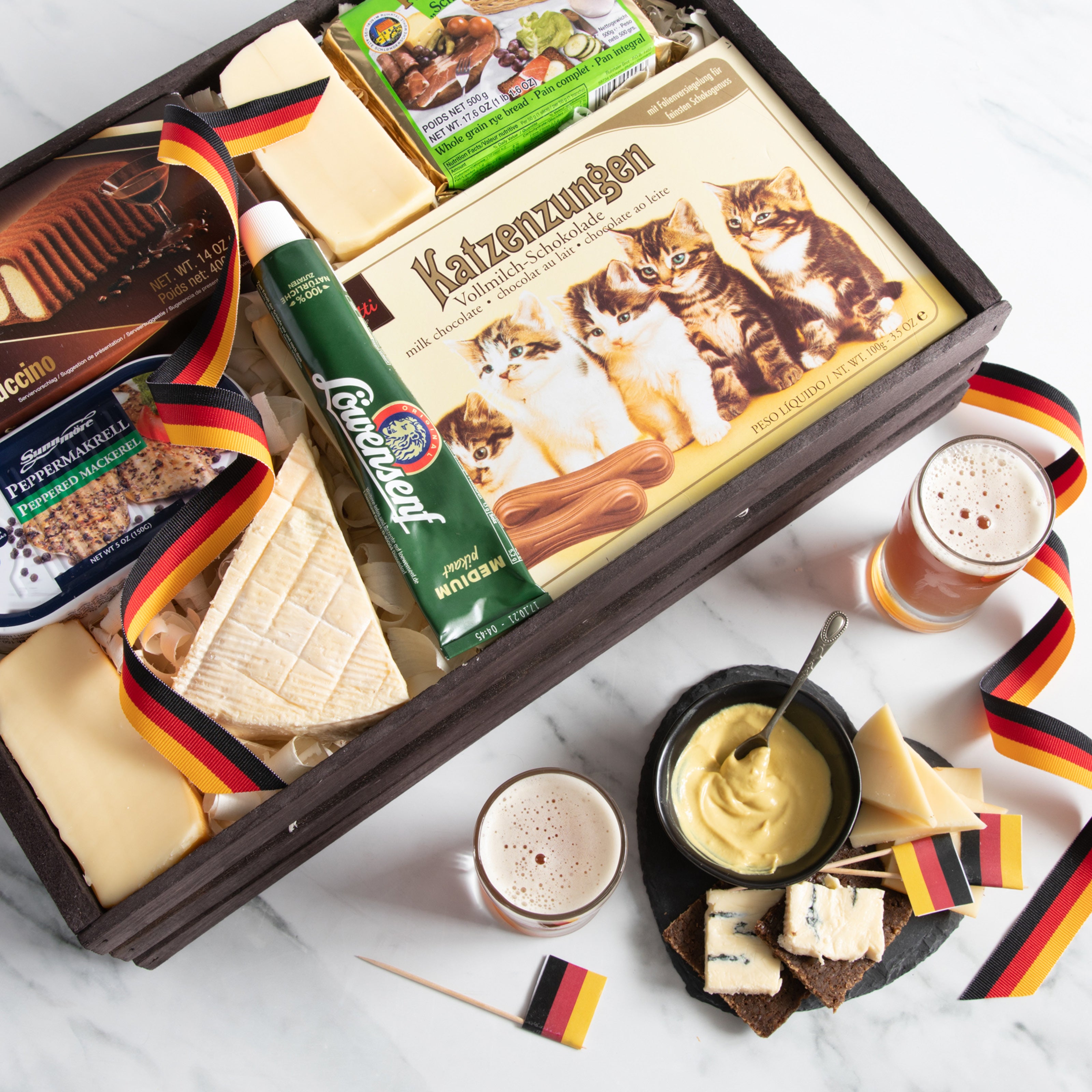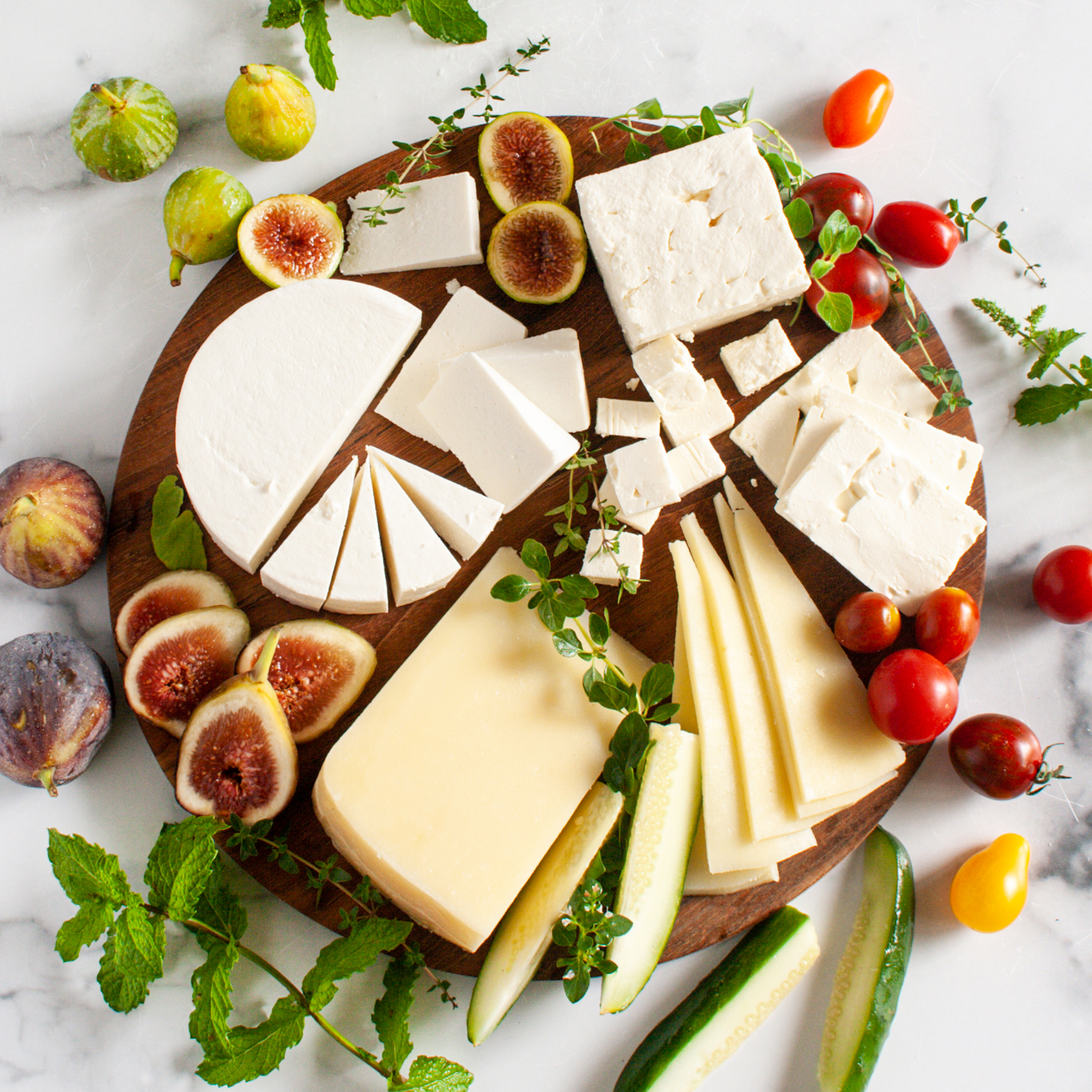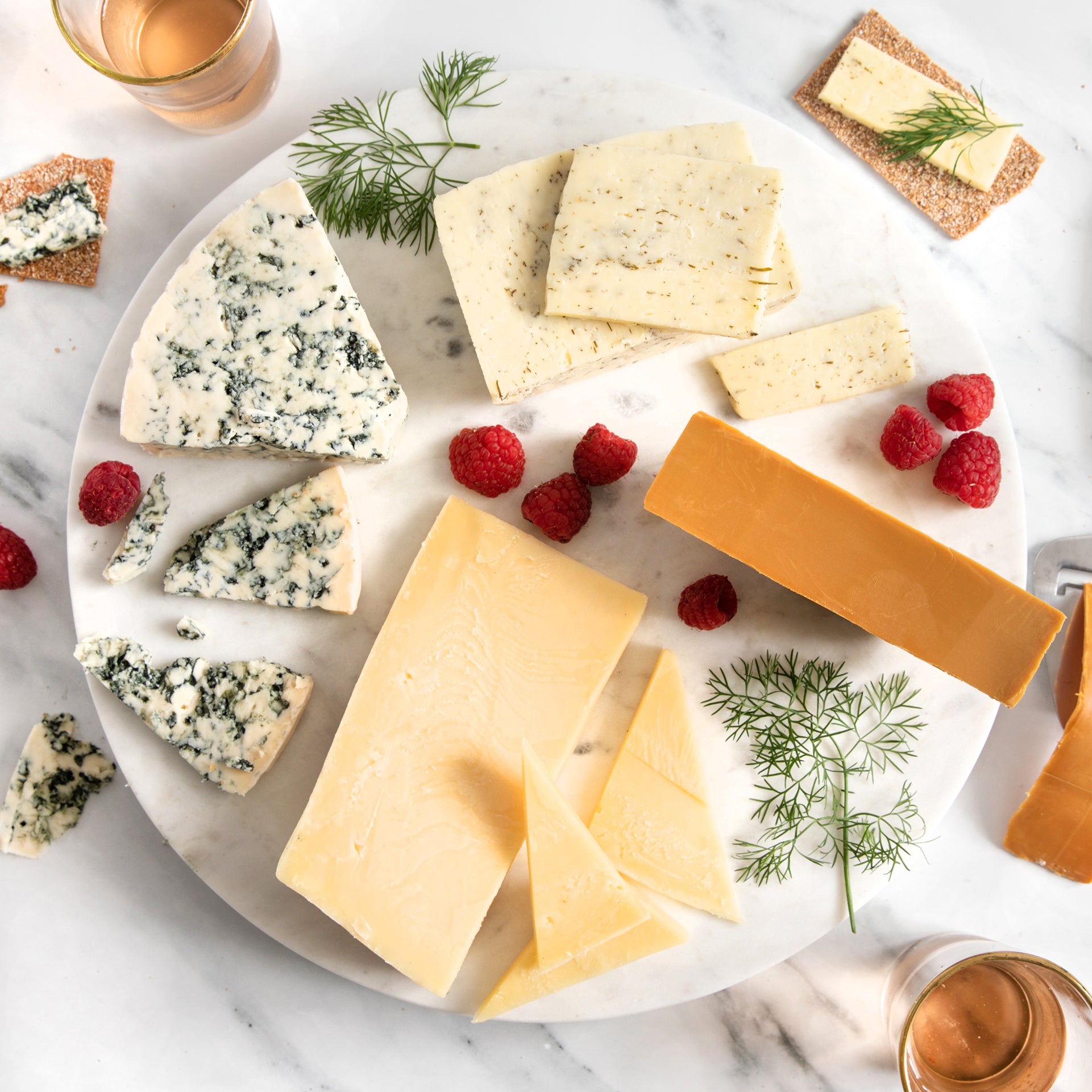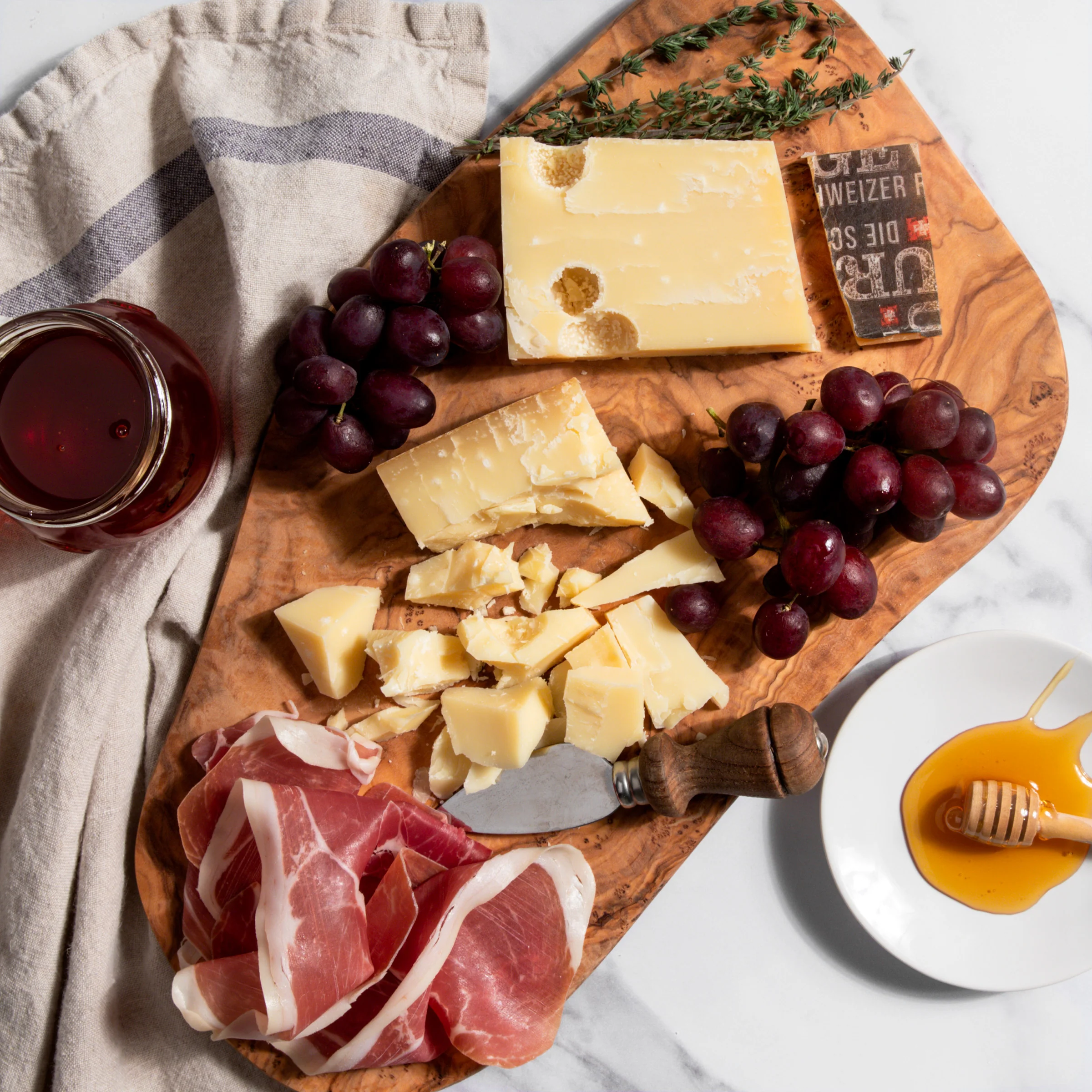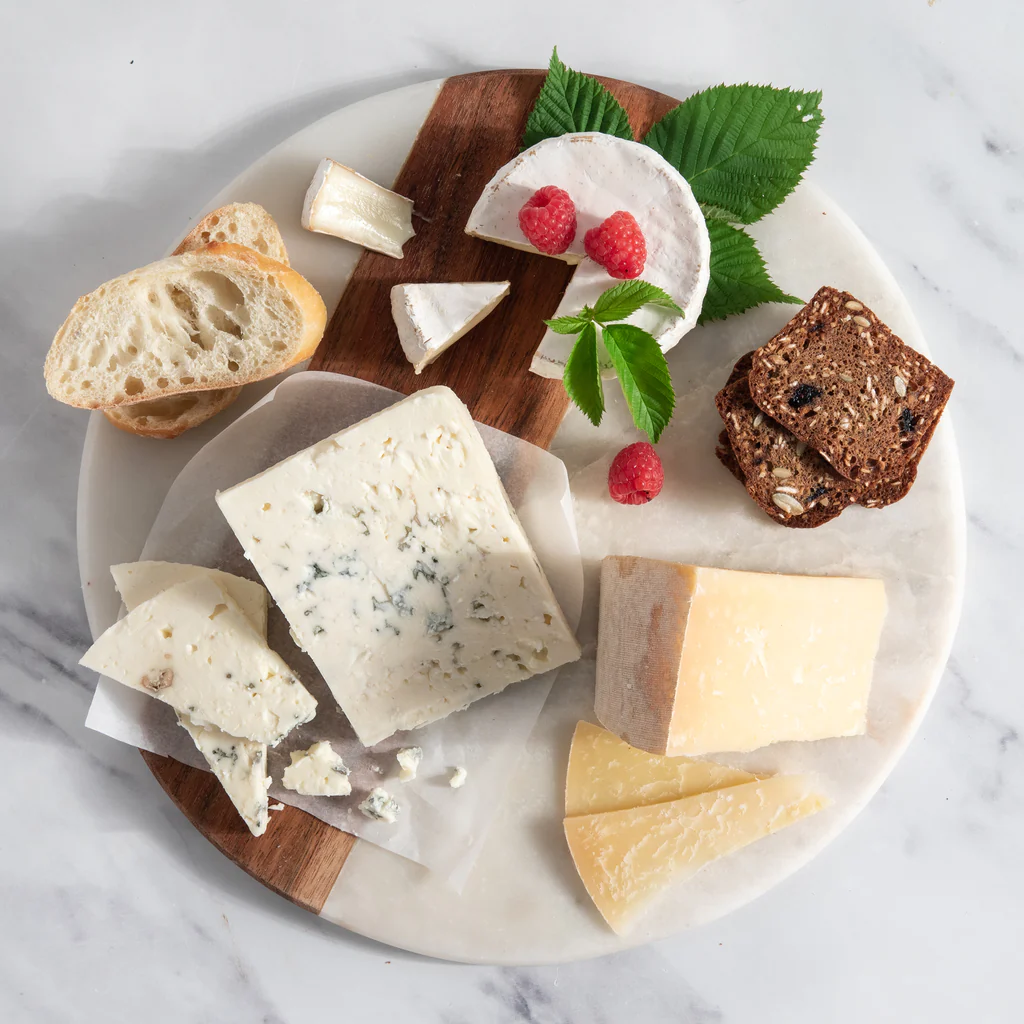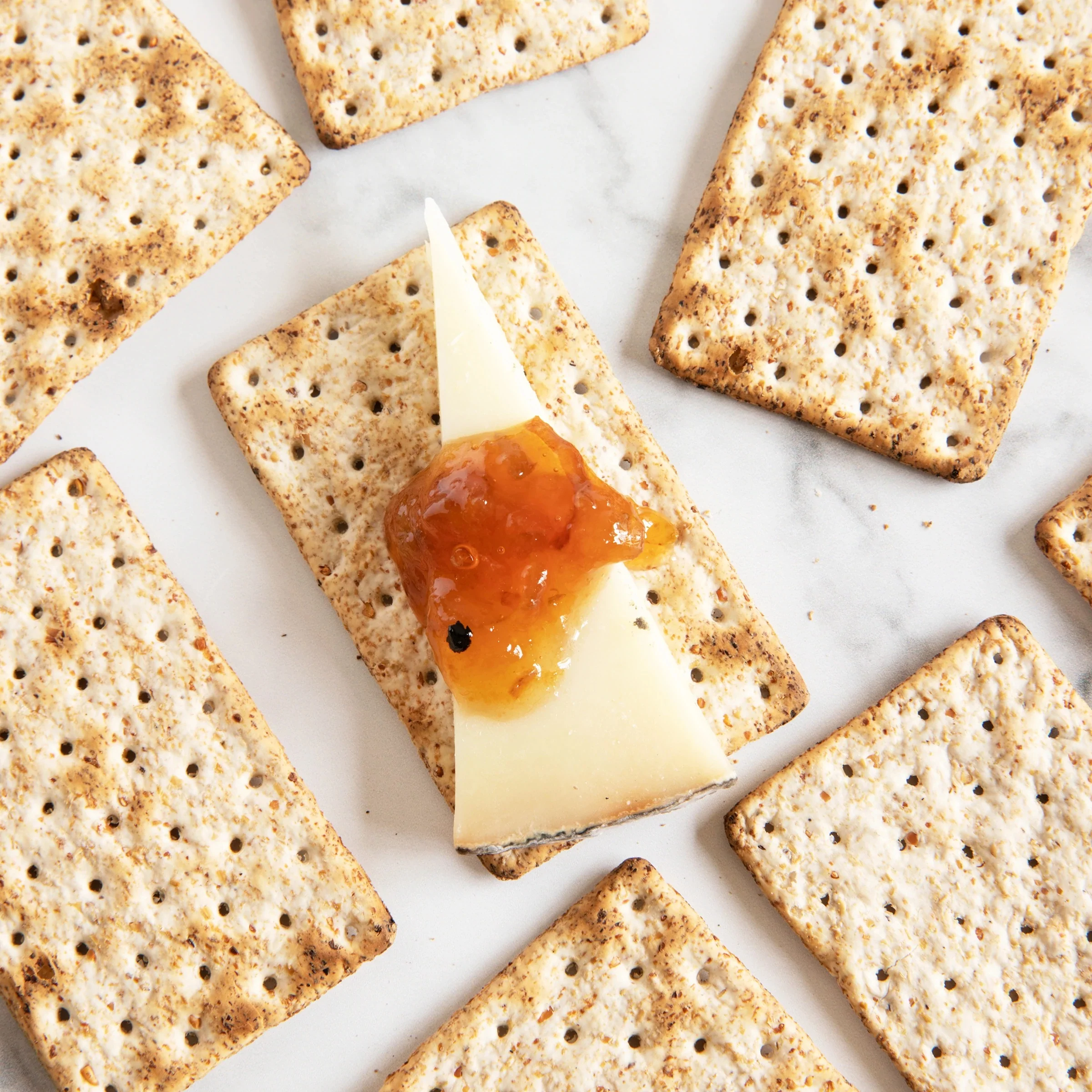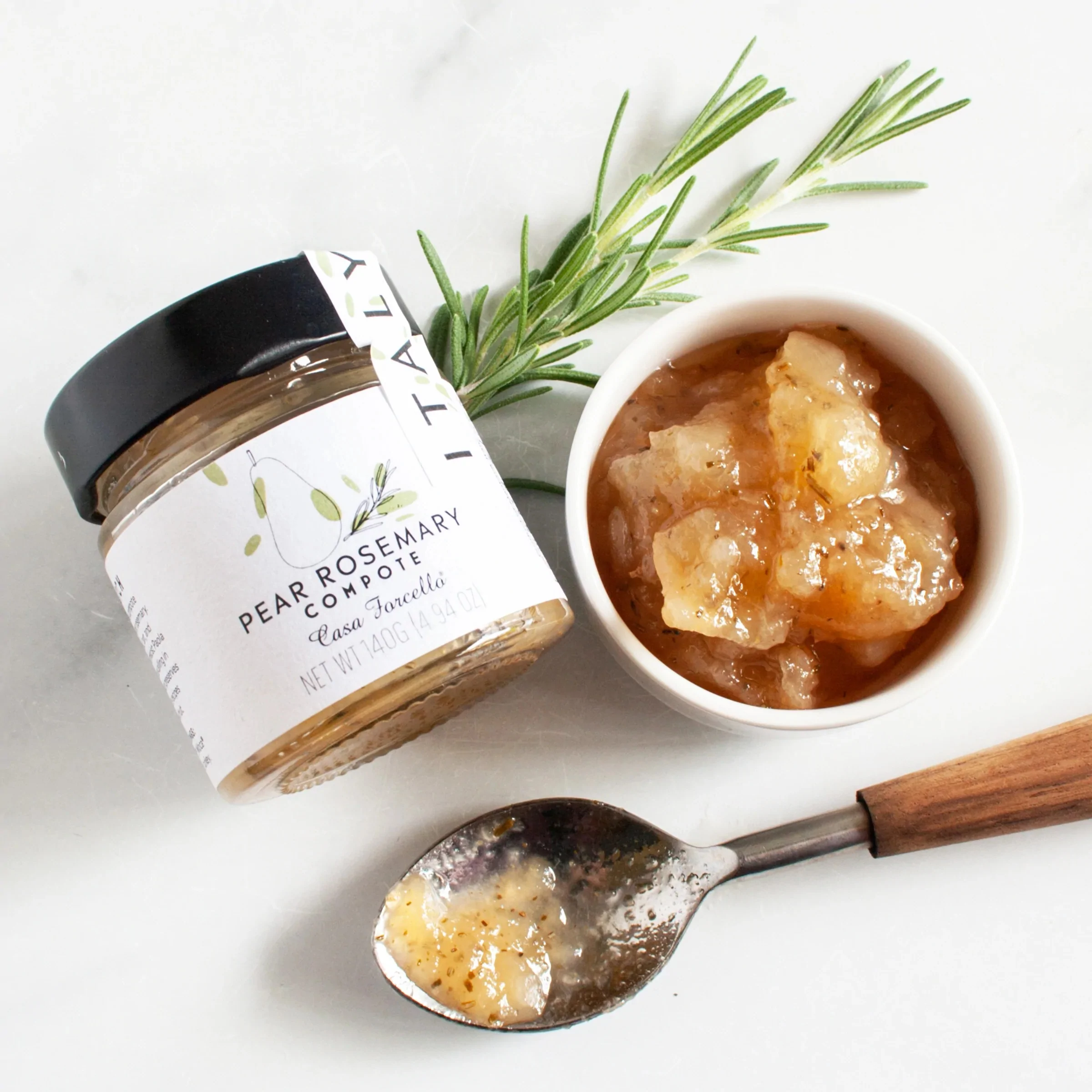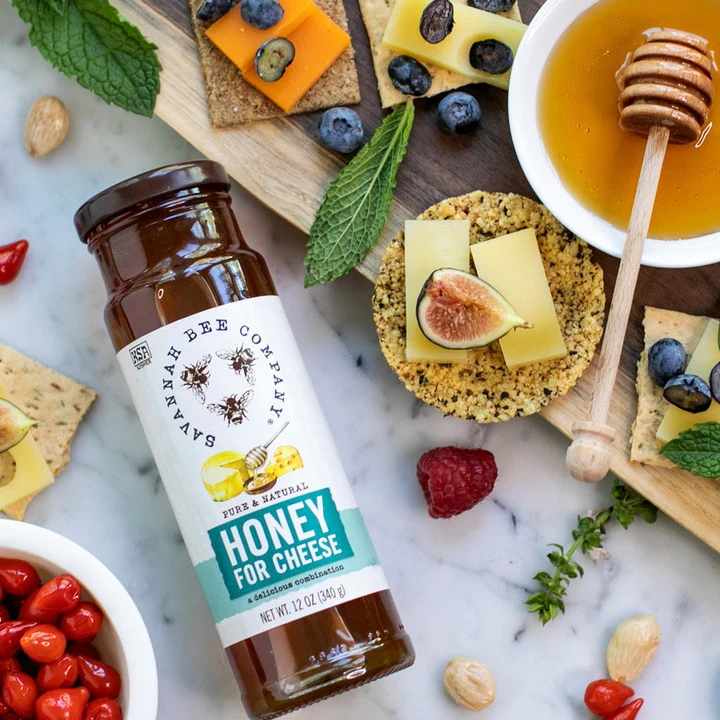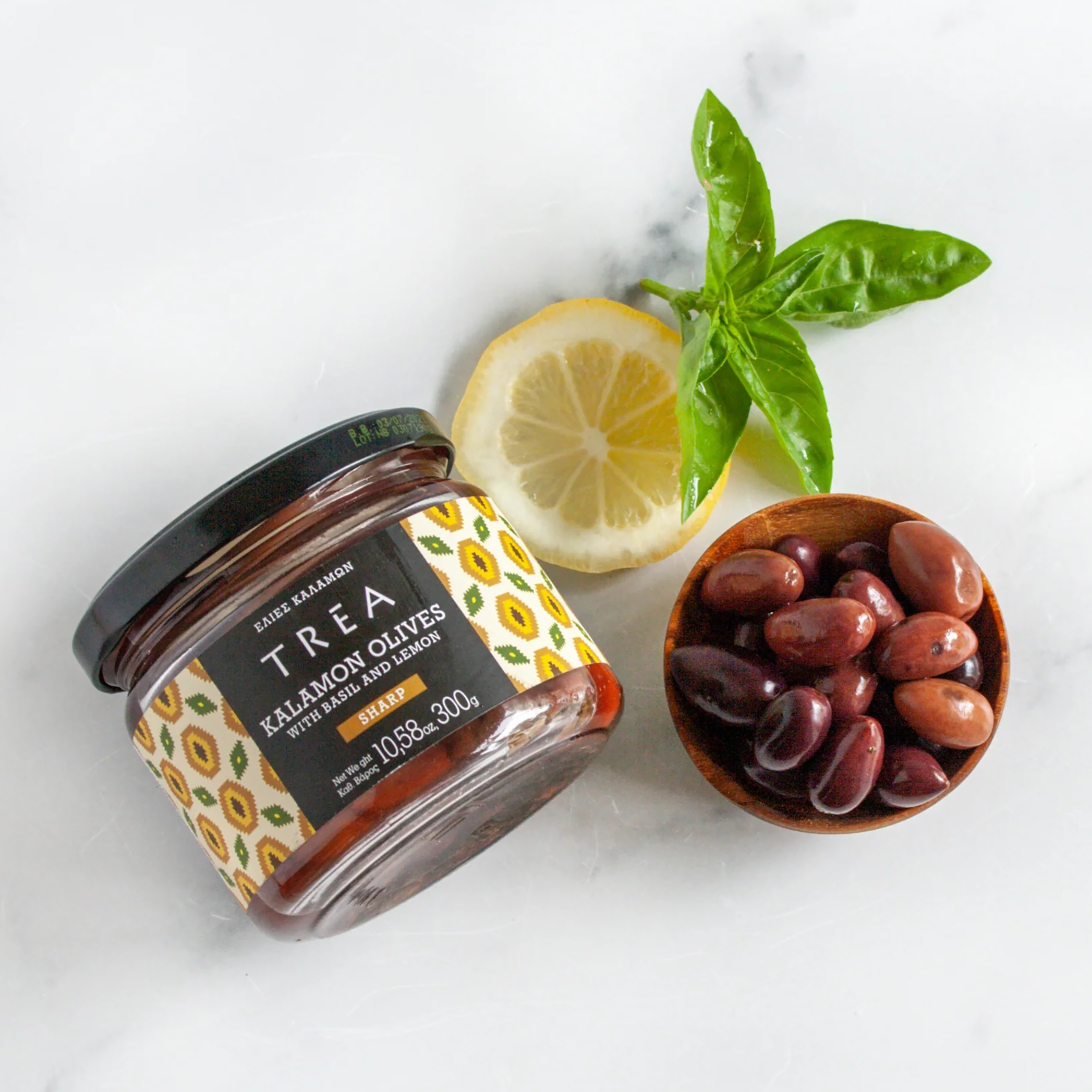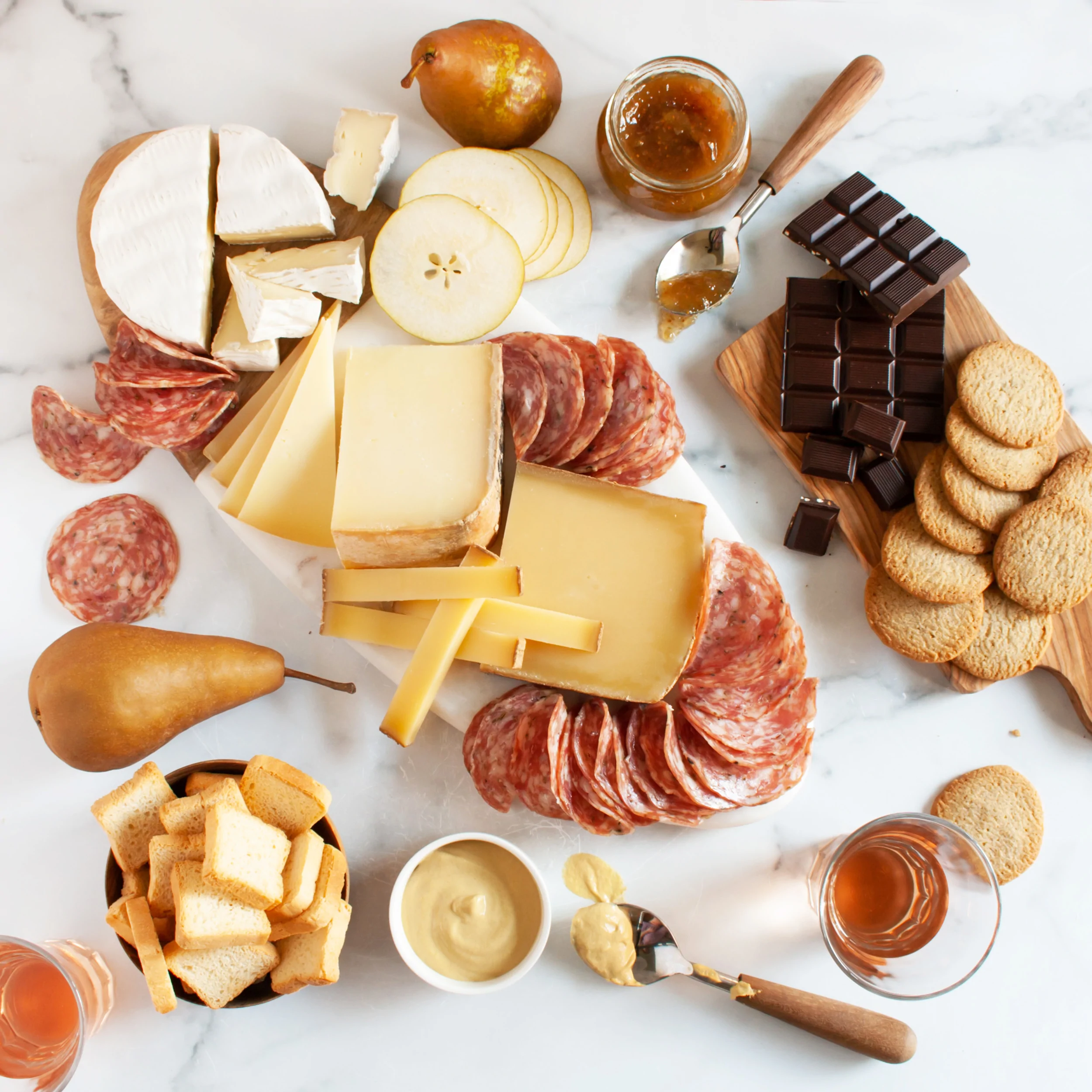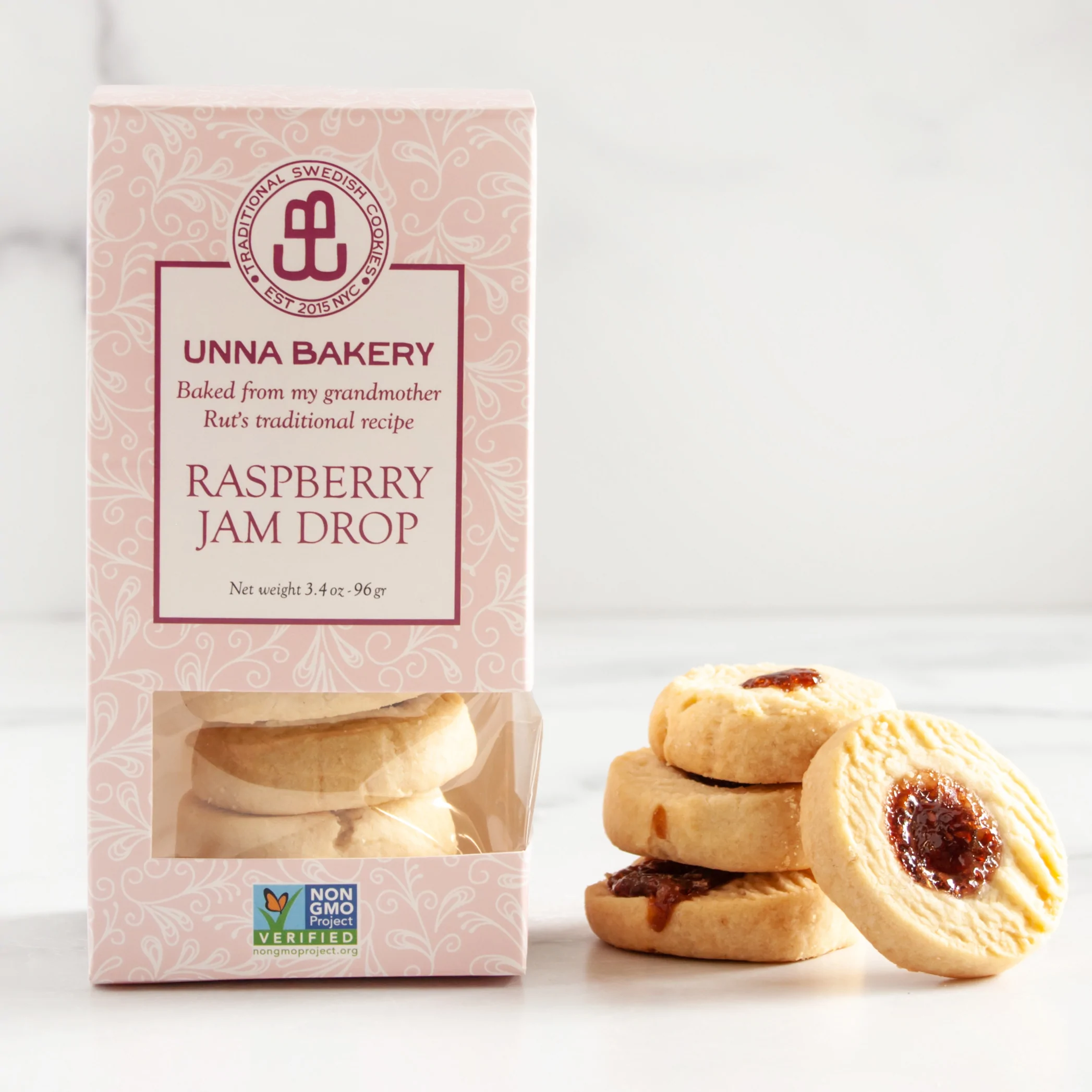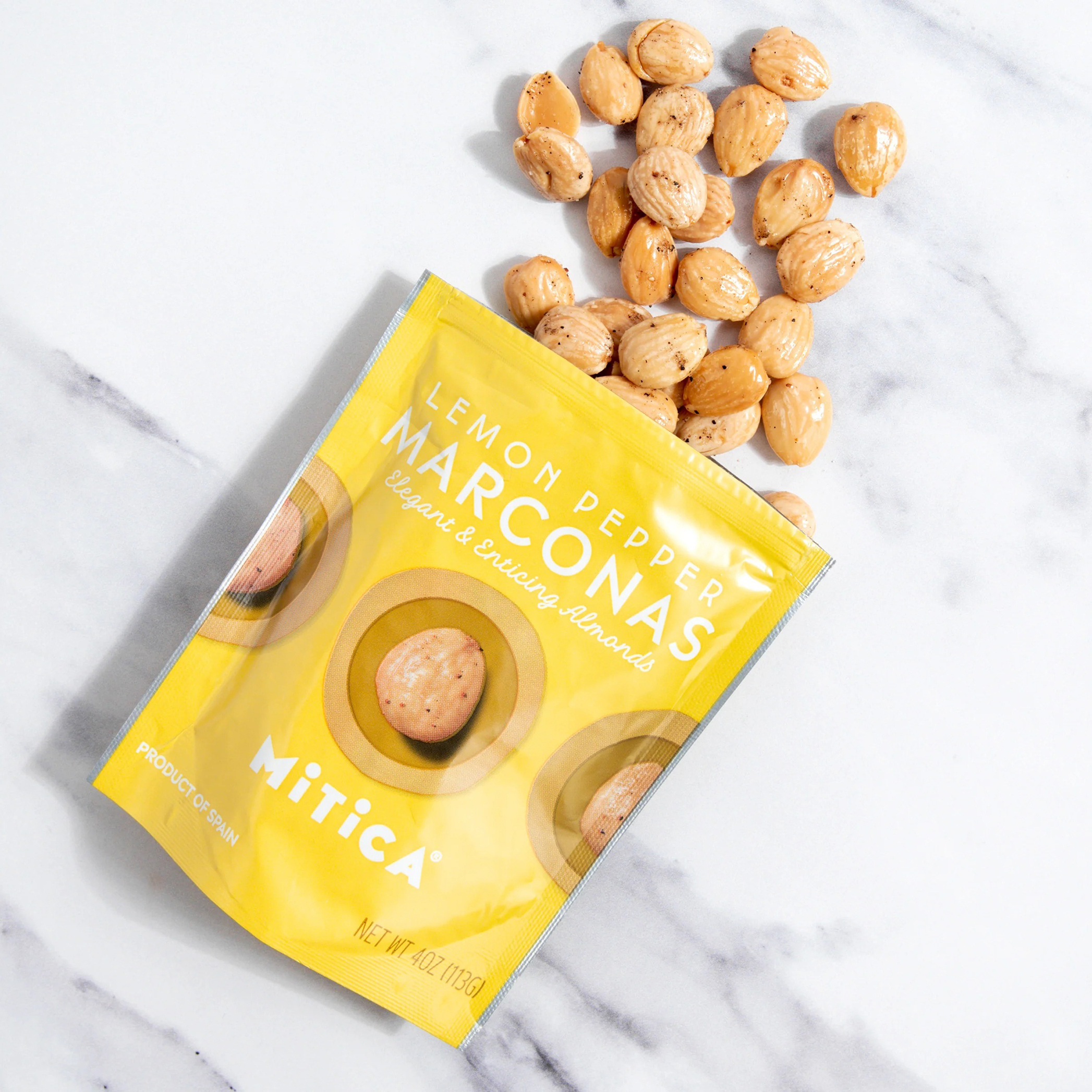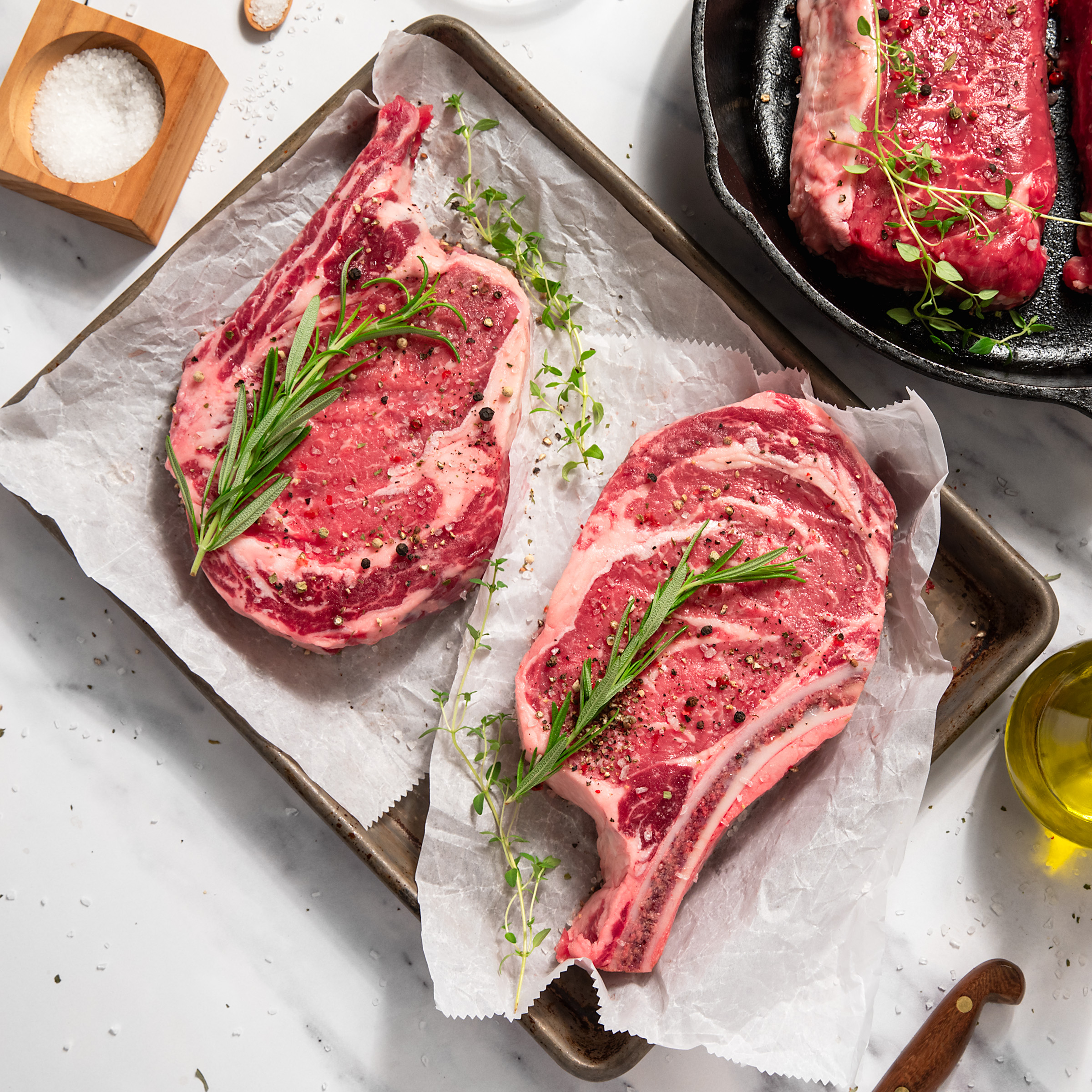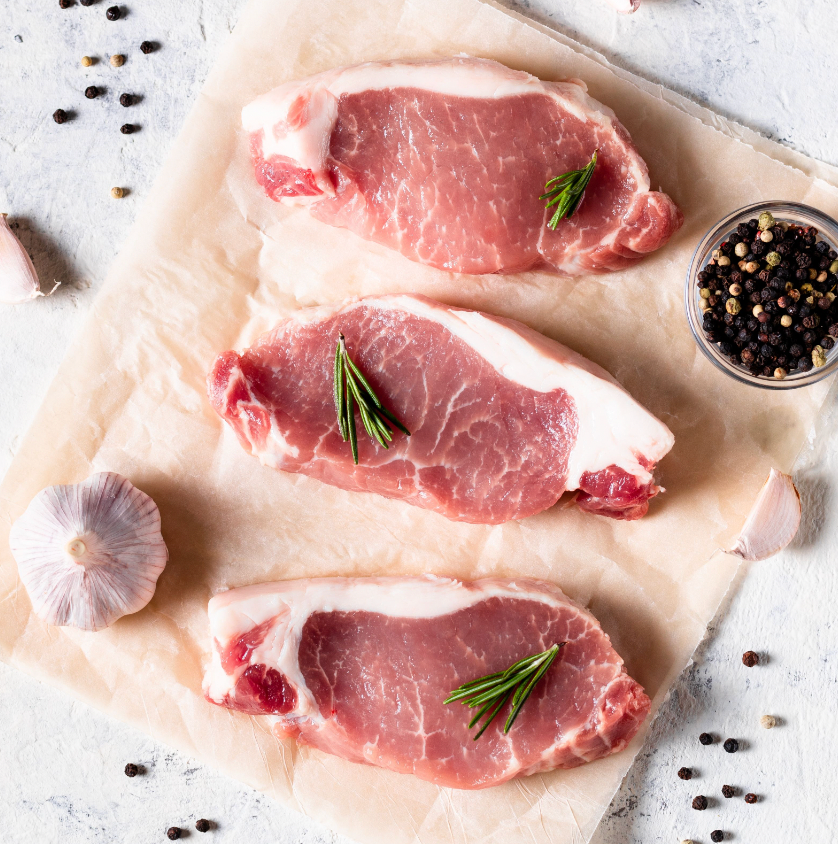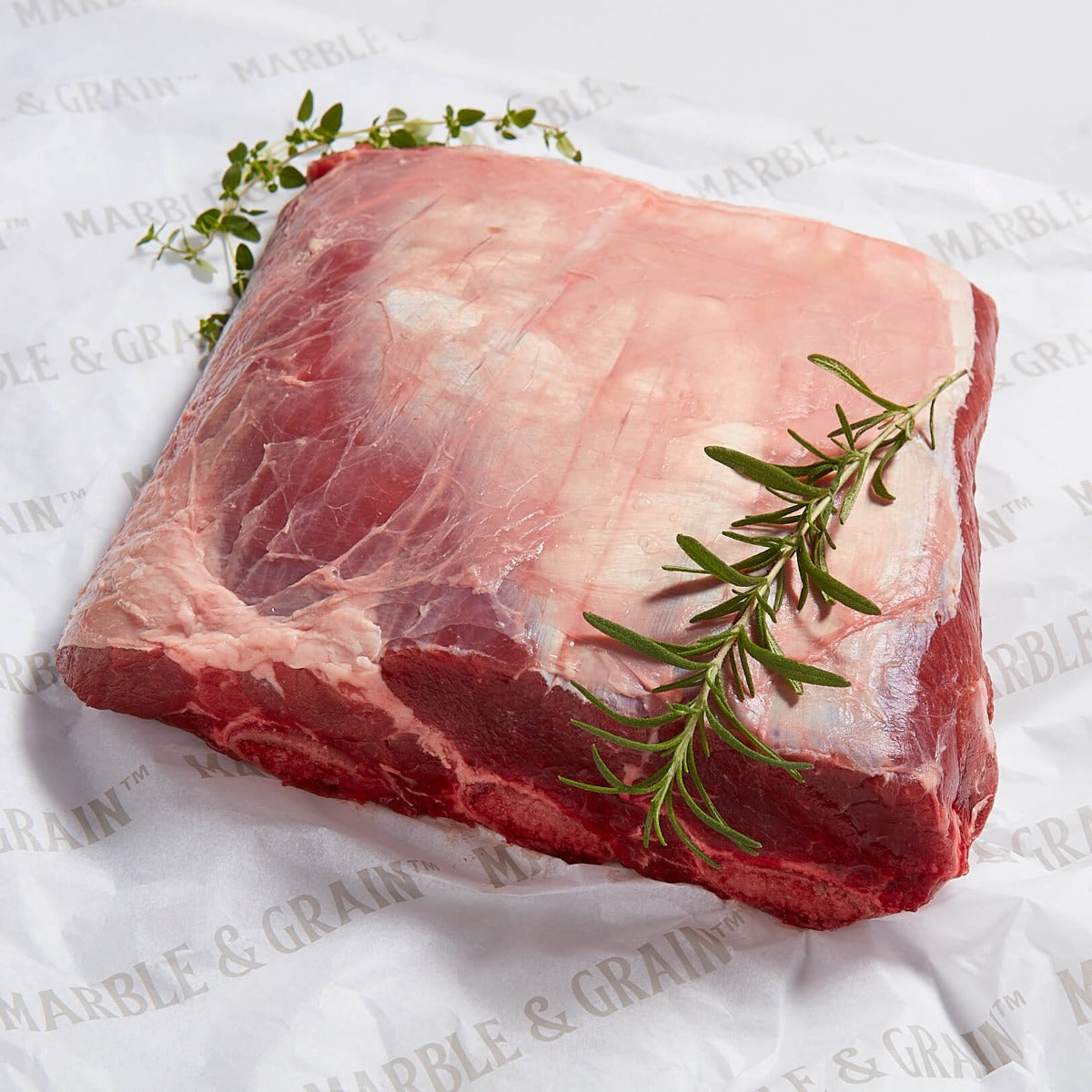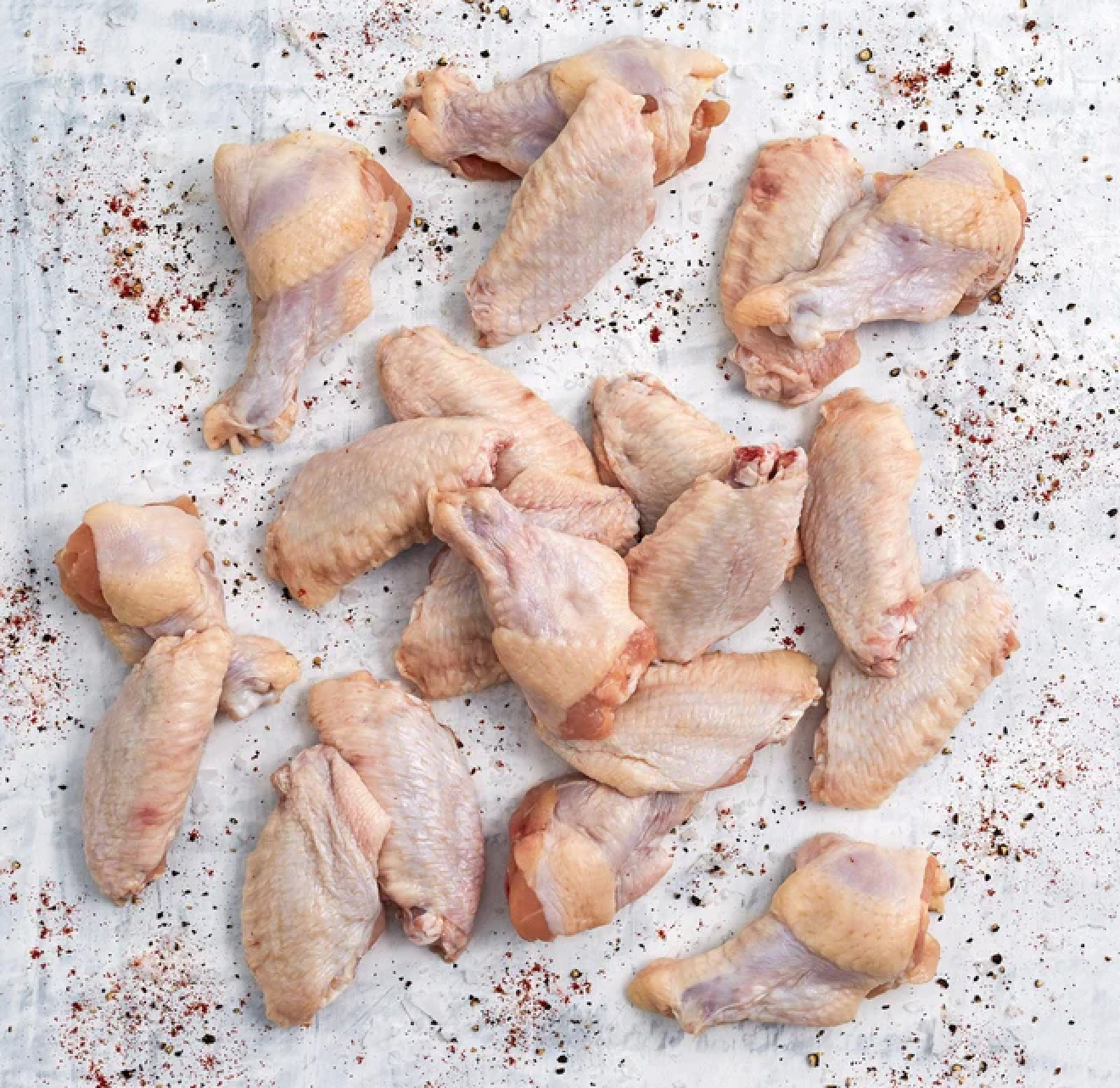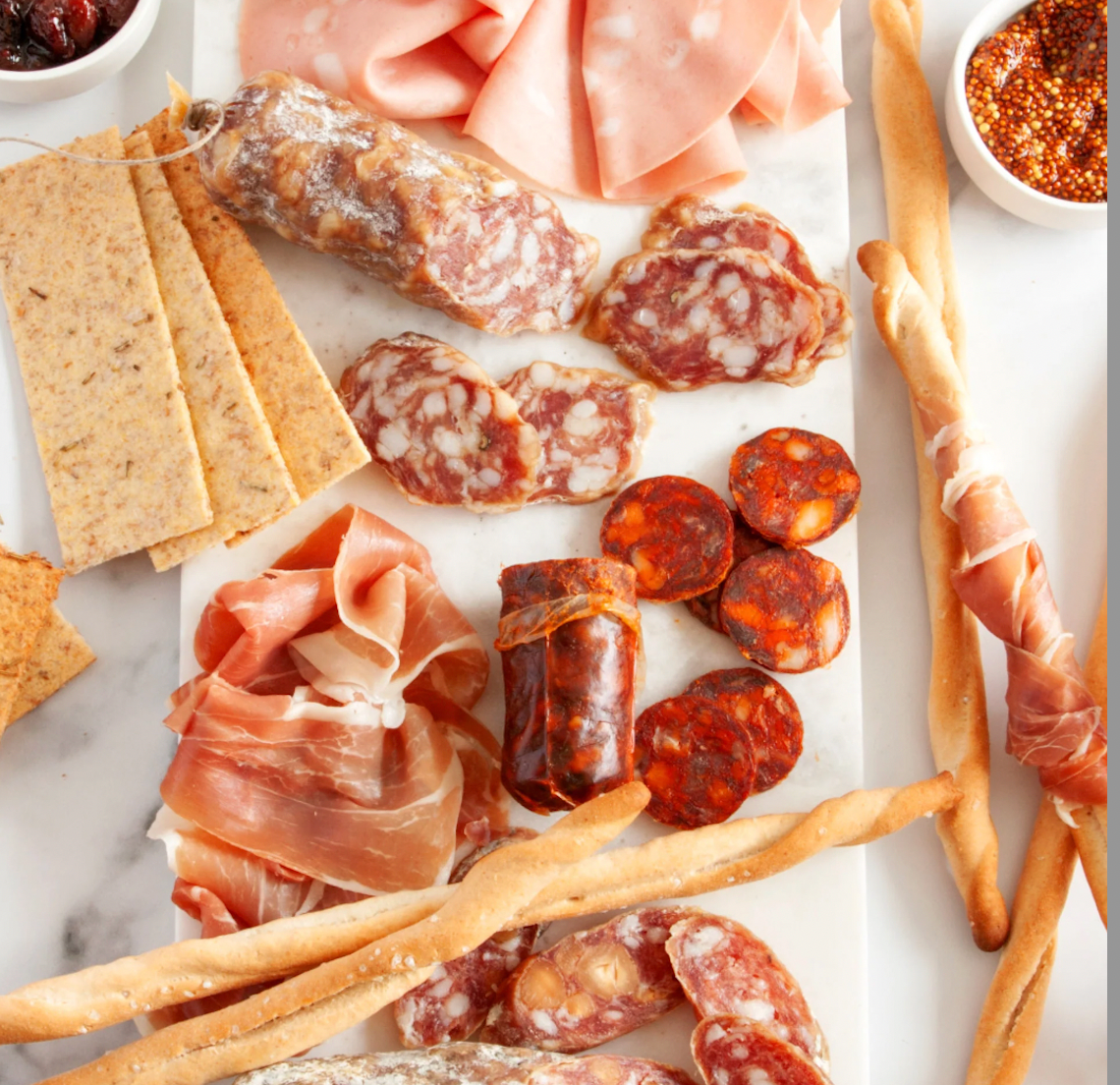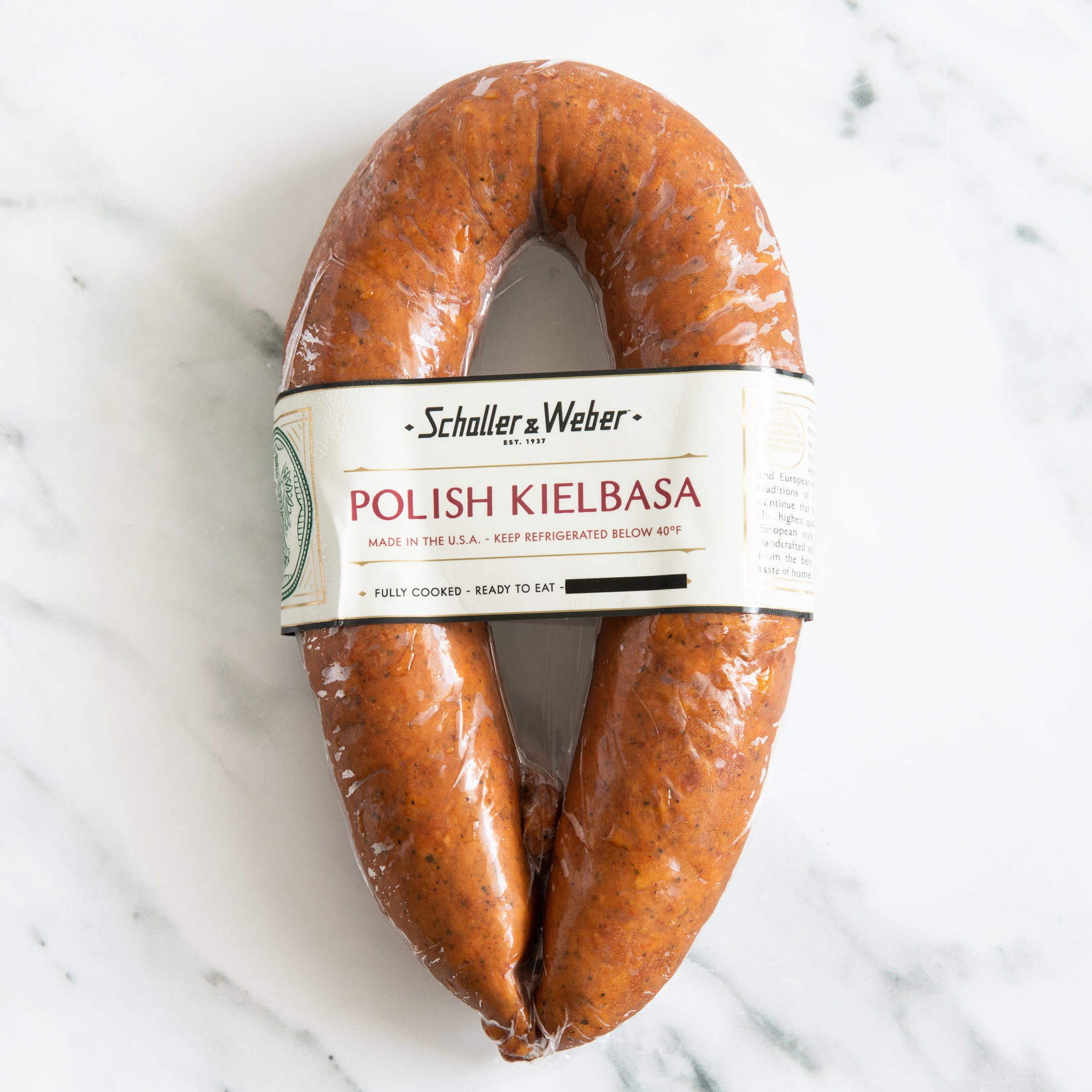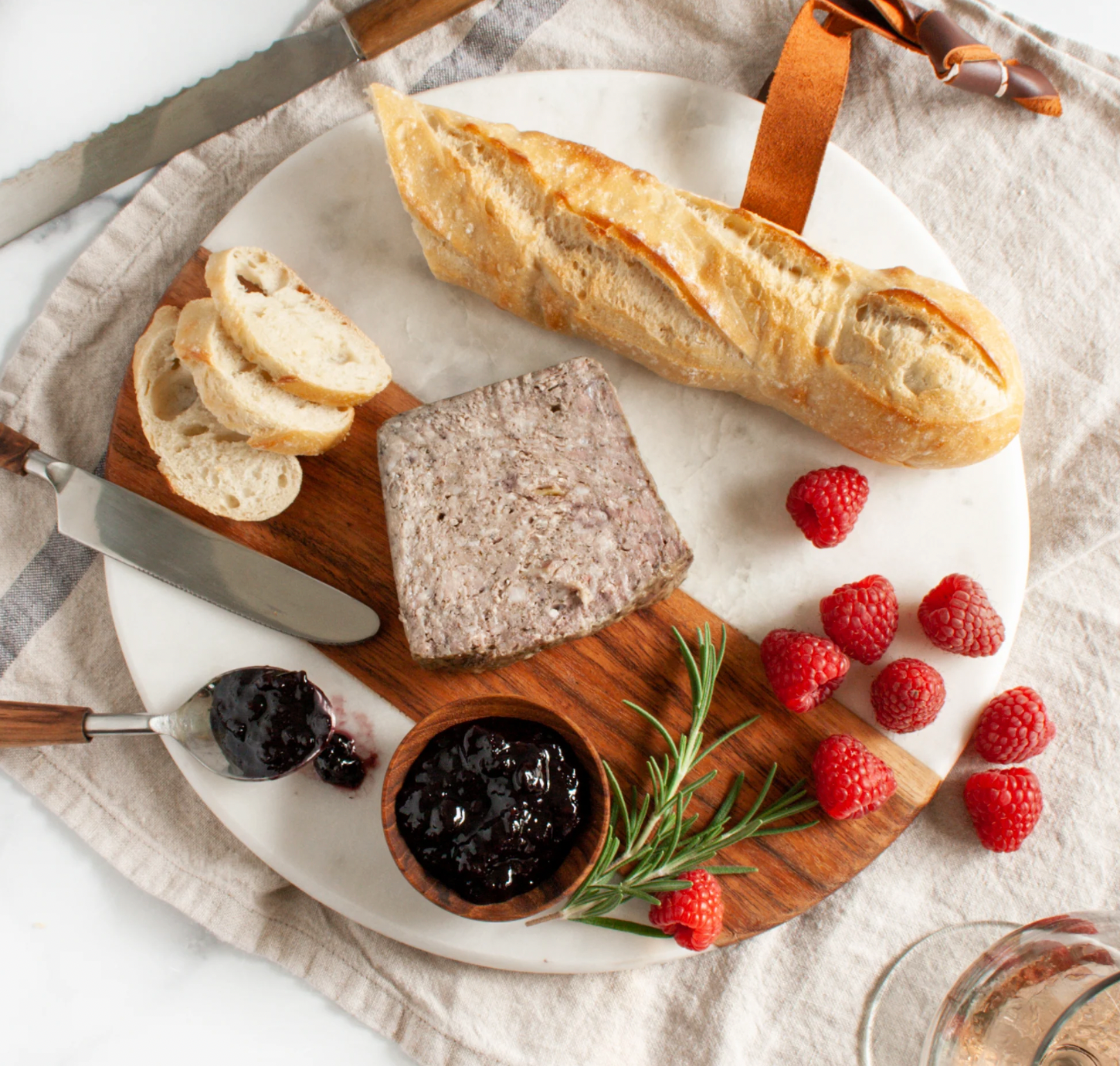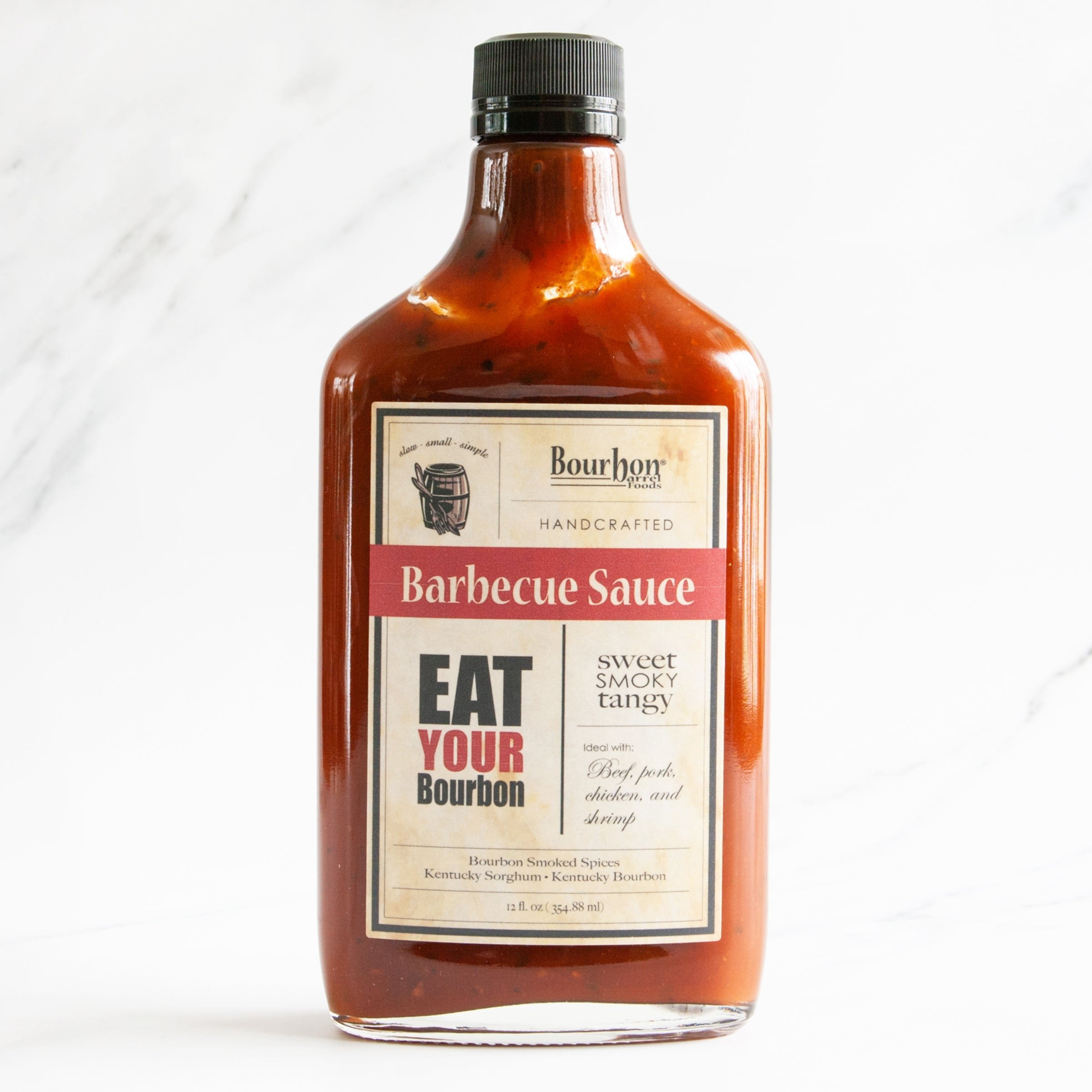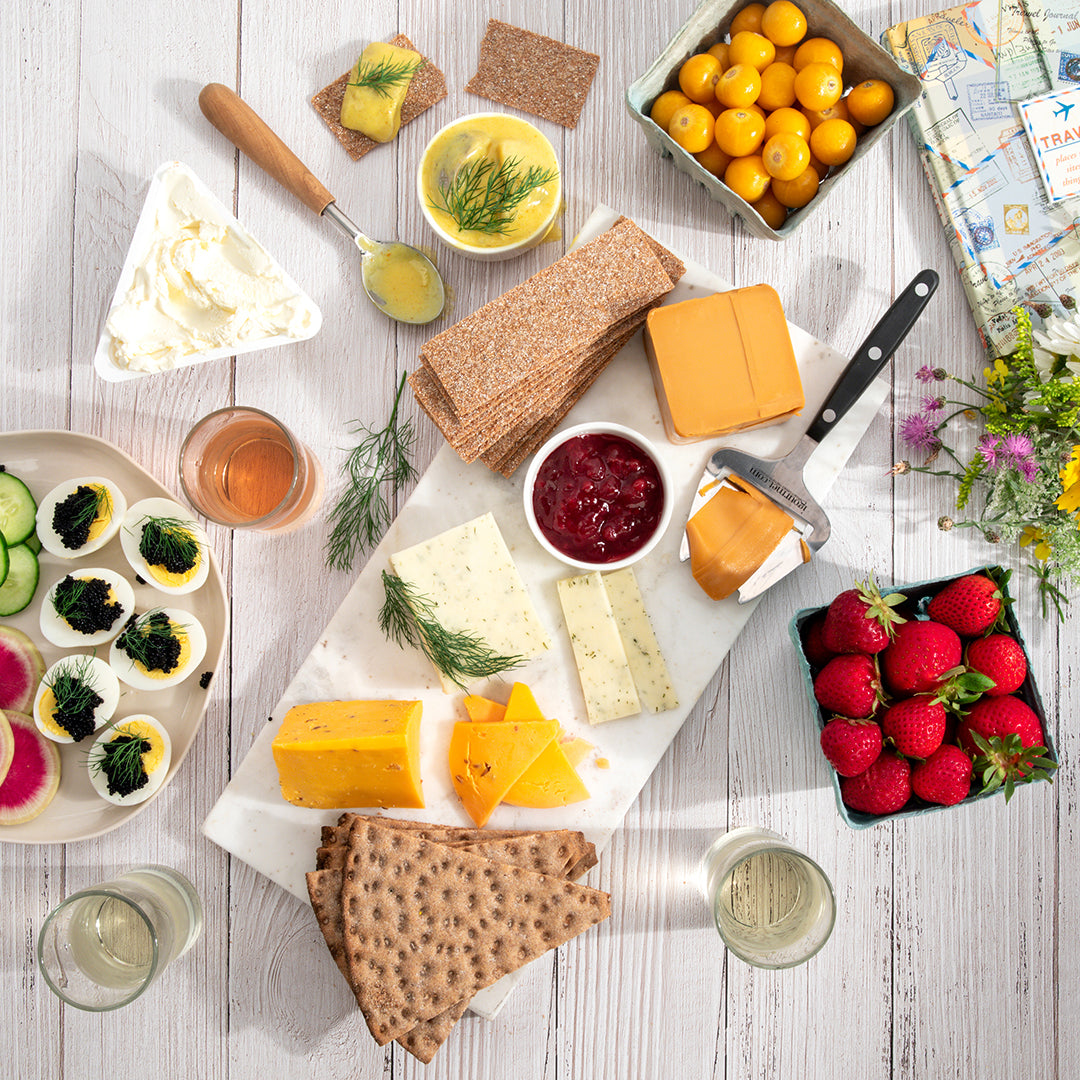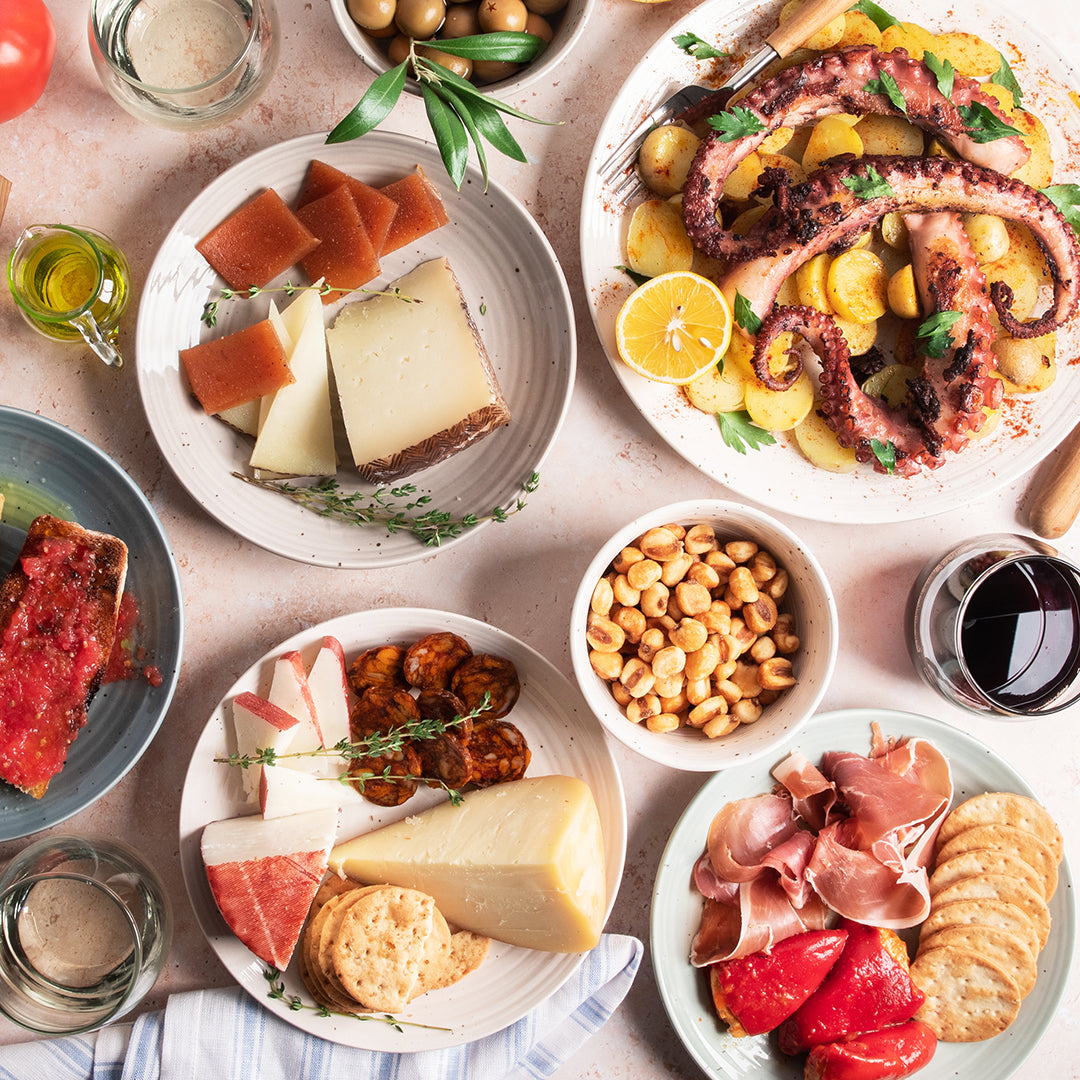Swedish Cuisine Guide
Scottish Cuisine Guide
June 12, 2019 | By Dave Mattingly
Shop, Find Traditional Recipes, Read About History and Culture
With its temperate climate, vast coastline, mountains, lakes, streams, valleys and moorlands, the lands and waters of Scotland have provided an abundant supply of food for its inhabitants throughout its history. Early hunter-gatherers arrived in Scotland from continental Europe around 7,000 BC where they fished in rivers and streams, and hunted in the mountains and on the moorland. Cattle, sheep and pigs were raised and oats and barley crops were cultivated. Archeological evidence also shows that these early inhabitants ate fruit and nuts in addition to scallops and other shellfish along the coast. By the 9th century, the Vikings arrived and brought with them cooking methods such as smoking, as well as the Aberdeen Angus cattle breed.In Medieval Scotland, the poor and middle class had very little variety in their diet. Common foods included porridge, stews, oat breads and thick soups or stews called pottage. Typically, animals were kept as a food source for their dairy products instead of for their meat. Kale, beans, peas and onions were vegetable food sources in addition to nuts, fruits and berries gathered from the woods. The wealthy ate fish, wild boar, venison, rabbit, grouse, peacock, swan and fish, and enjoyed spices brought back to Scotland by the Crusaders.
French influence was seen in the 16th century when Marie of Guise married King James V of Scotland and brought French chefs and their cuisine to the Scottish Court. New methods of food preparation were introduced along with new rich sauces and dishes. As exploration continued, new foods were brought back to Scotland from around the world including potatoes, wheat flour, coffee, lemons, spices, tea and sugar.
Throughout the history of Scotland, its people were always on the move. They would move their animals from the highlands to the markets, and had to find ways of carrying food that would not spoil quickly. They would commonly carry a bag of oatmeal that could be cooked into a porridge or oatcakes. Travelers would place some offal (organ meat) in the least expensive bag available, typically a sheep or pig's stomach, for easy transportation during their journeys. It is during the late medieval period that records for Scotland's national dish, Haggis, a savory pudding made from offal, suet and spices in animal's stomach, were first found.
The potato was introduced to Scotland in the late 16th century, and quickly became a staple in the Scots' diets. The lower class relied heavily upon the potato as a major food source which ultimately led to tragedy, due to the Highland Potato Famine in the 1840s, caused by potato blight. As a result, there was widespread starvation and emigration of nearly 1.7 million Scots to the USA, Canada or Australia. By 1857, the famine ended, and potatoes reemerged and found their place in many traditional Scottish dishes such as Haggis, Neeps and Tatties (turnip and potato), Mince and Tatties (minced beef and mashed potatoes) and Cullen Skink (a smoked haddock soup).
During the 19th and 20th centuries, there was a large immigration of Italians to Scotland. Many Fish and Chip (deep-fried fish and fries) shops were opened by these Italian immigrant families. In subsequent years, Middle Eastern, Pakistani and Indian immigrants followed those from Italy, and would have a major influence on Scottish cuisine. In recent years, partially due to the Scottish originators of the deep-fried Mars bar, Scotland has gained a reputation for its deep-fried food, on display in such dishes as Haggis, deep-fried pizza, and the notorious deep-fried Doner Kebabs (gyros or literally “rotating grilled meats” in Turkish). Scottish cuisine has much more to offer besides its deep-fried specialties, as Scottish food is influenced today by many cultures, such as English, Italian, Indian and Chinese. Today, oats, fish, game and beef are widely consumed, in addition to fruits like soft raspberries and strawberries and artisan Scottish cheeses and vegetables.
Traditional Scottish Food
Throughout the centuries, Haggis has become a national culinary icon in Scotland. Haggis is a savory pudding made from the offal of sheep with oatmeal, suet, onions and spices. Haggis is usually encased in sheep's stomach lining and simmered for about 3 hours, although commercial Haggis is usually prepared in a sausage casing. In the 18th century, the poet Robert Burns celebrated Haggis in his Address to the Haggis. Honey is a seasonal product in Scotland, and there is international demand for Scottish heather honey due to its unusual smoky/ tangy taste and dark amber color. Other popular Scottish foods include soups such as Cock-a-Leekie, (chicken and leek soup) and Scotch Broth (barley soup). Scottish oatcakes are a type of pancake made from oatmeal that are cooked on a griddle. In addition to Haggis, other meats such as beef, venison and birds are commonly found on the Scottish table. Seafood and fish is a staple in Scotland, as Scotland is the world's third largest producer of Atlantic salmon and enjoys an international reputation for its excellent quality.
Scottish Smoked Salmon
While Scottish Salmon is available wild or farmed, farmed salmon is the largest food export in Scotland. Scotland is also the only major salmon producer in the European Union. "Scottish Farmed Salmon" has been granted the Protected Geographical Indication (PGI) status by the European Commission, a designation which protects the quality of the product (which must be Atlantic salmon) using specific production methods in certain geographical areas. This designation ensures the quality, flavor and character of Scottish Salmon. Scottish Salmon exports continue to grow as international demand continues to increase. While over sixty countries imported Scottish Salmon in 2011, the US was the largest importer, followed by France. Scottish Salmon is not only a delicious variety of fish, but is also a very nutritious food source that contains protein, vitamins, minerals, and trace elements. Scottish Salmon well known for containing omega-3 fatty acids which help support heart health, the immune system, maintain eyesight, and may protect against certain types of cancers, strokes and even sunburn.
Considered a delicacy, Smoked Salmon is salmon that has been cured and either hot or cold smoked. Scottish Smoked Salmon is arguably the finest quality salmon variety available. Scottish Smoked Salmon, considered Atlantic salmon, may be farmed or wild, and has a tender and buttery flesh and an orange/pink color. Scottish Smoked Salmon's flavor is known for the use of oak or old whisky barrels during the smoking process. Scottish Smoked Salmon is often compared to Norwegian Smoked Salmon. Norwegian Smoked Salmon is known for its excellent quality, and is dry-cured with a variety of woods, such as beech wood. While Norwegian Smoked Salmon may also be farmed Atlantic or wild Atlantic salmon, its flavor and aroma is smokier than Scottish Smoked Salmon, and it is lower in fat.
Scottish Chutney
Many fresh soft Scottish fruits, particularly berries that are abundant in Scottish fields, have been used for centuries to make Scottish Chutney, a traditional condiment that typically consists of a mixture of cooked chopped fruits and/or vegetables, vinegar, spices and sugar. Chutneys usually have a spreadable texture, similar to that of preserves. The traditional Scottish preparation includes slow boiling the ingredients using an open pan method in a copper bottomed pan.
While Scottish Chutney may be sweet, sour, salty, spicy, mild, or a combination of these, there are hundreds or even thousands of possible variations. Scottish Chutney such as Mrs. Bridges Ploughmans Chutney (a mixture of onions, apples, vegetables, dried fruits, brown sugar and malt vinegar) is a popular accompaniment to the Ploughman’s lunch, a popular meal in the UK, which includes cold meats, cheese, apples, pickles, pickled onions and bread. It is also the perfect sweet-tart combination when paired with a sharp Scottish cheddar as well as meats, such as beef, pork, chicken or game. Scottish Chutneys are also commonly eaten alongside pies, fish and the national Scottish dish, Haggis.
Scottish Cheeses
The geography and climate of Scotland allow cheesemaking to flourish. Historically, due to the short cheesemaking season in Scotland, cheese needed to be stored and matured throughout the winter, which resulted in the predominance of hard Scottish cheeses. Historically, most farmhouses would make their own cheese but receive no financial gain. Once the commercial transportation of milk was enabled, the landscape of cheesemaking in Scotland changed. Currently, there are over twenty cheese producers in Scotland, including large industrial companies in addition to artisan and farmhouse producers. Scottish Cheddar accounts for approximately 70% to 80% of total cheese production in the country. Since the advent of modern technology, temperature-controlled facilities along with refrigerated transportation has allowed artisan cheesemaking to have a resurgence across small farms in Scotland. From southern regions such as Galloway to the Western Isles and the Highlands, Scotland's is becoming recognized as one of the world's most exciting cheese producers.
Types of Scottish Cheese
Scottish Cheddar: Scottish Cheddar is the most popular cheese is Scotland, accounting for approximately 75% of the country's cheese production. Mull of Kintyre Mature Scottish Cheddar comes from an island called the Mull of Kintyre, which is situated on the west coast of Scotland. Here, there is a mild climate that is well suited to the production of top quality cheddar. Mull of Kintyre Scottish Cheddar is aged for a minimum of nine months providing a honey like sweetness and full rich flavor.
Highland Pride Mature Scottish Cheddar is a golden yellow cheese that is aged for nine months. Highland Pride Mature Scottish Cheddar has a nutty flavor and mellow finish, perfect on chutney or melted on veggies.
Lanark Blue: Often referred to as Scotland's Roquefort, Lanark Blue is a sheep's milk cheese with unpasteurized cow's milk cheese with green-blue veins due to the addition of mould prior to curdling. This tangy cheese is delicious when served on brown bread and paired with a full-bodied red wine.
Crowdie: Considered Scotland's oldest cheese, Crowdie was first introduced by the Vikings in the 8th century. Crowdie is a soft curd, low-fat cream cheese, with a slightly sour taste.
Caboc: Caboc cheese originated in the 15th century in the Western Highlands of Scotland. It is made with pasteurized double cream cow's milk, no rennet, and aged for only 5 days. Caboc is then shaped into the form of a log and rolled in toasted oatmeal. Caboc has a nutty and buttery flavor and a sour tanginess.
Strathkinness: Strathkinness is an award winning cheese that is similar to Gruyere and is matured between six and twelve months, perfect for a Scottish style fondue.
Bishop Kennedy: Named after the 15th century bishop of St Andrews, Bishop Kennedy is an unpasteurized cow's milk cheese with a rind that is washed in malt whisky providing it with an orange/red color. Bishop Kennedy is flavorful and runny when ripe.
Dunlop: Dunlop is a mild cheese resembling Scottish cheddar that has a soft texture and sweet buttery flavor. Originating in the 18th century, Dunlop fell out of popularity after World War II, but today is commonly used in various dishes, eaten alone or with a dram of whisky.
Scottish Desserts
By the 19th century, Scots had developed a noticeable a sweet tooth. Coffee shops and tearooms would offer pancakes, scones, Dundee Cake (Scottish fruit cake), shortbread and other pastries. Traditional Scottish desserts include Clottie Dumpling, similar to the English suet pudding, that is made with a suet pastry case filled with dried fruit, and Scottish Tablet, made from sugar, condensed milk and butter boiled to a soft-ball stage and then condensed and flavored with vanilla, whisky or nuts. Scottish shortbread is a rich, delicately flavored biscuit or cookie made from butter, sugar and flour. Walkers Shortbread, who manufactures shortbread and other biscuits, cookies and crackers, is Scotland's largest food exporter and has become a well recognized brand around the world. Crannachan is a traditional Scottish dessert that is usually made from cream, whisky, honey, raspberries and toasted oatmeal.
Scottish Whisky
Derived from the Gaelic term "usquebaugh", meaning "water of life", the earliest written records of Whisky in Scotland date back to 1494. While the Irish and Scots still argue today about who truly invented Whisky, Scottish Whisky is well-regarded amongst Whisky connoisseurs due to the wide range of varieties available. Scotch Whisky is made only in Scotland and Scotch Whisky is spelled without the "e" (whiskey). Today, there are over one hundred distilleries in Scotland that produce the world famous and loved Scotch Whisky, a spirit that is known throughout the world for its high quality.
Shop more Scottish foods and ingredients here. To find the best gourmet foods and gift baskets online, begin your search at igourmet.com.

